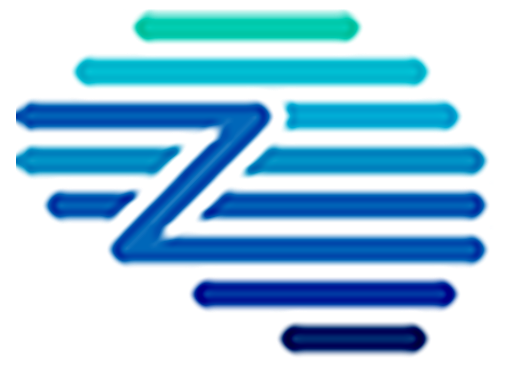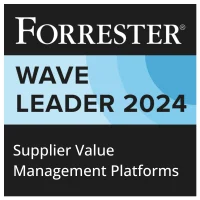Supplier Relationship Management (SRM) is the systematic approach of assessing supplier contributions and performance for an organization, determining how key parts of the business interact with its suppliers, and developing a strategic plan to enhance those interactions. This strategic framework focuses on creating long-term, mutually beneficial relationships with suppliers to improve quality, reduce risk, and drive overall supply chain efficiency and innovation.
Key Benefits
– Enhanced Risk Management: Supplier Relationship Management (SRM) allows organizations to proactively identify and mitigate risks associated with supplier relationships. This involves monitoring supplier performance and compliance, which can prevent supply chain disruptions and ensure business continuity.
– Cost Reduction and Savings: By fostering better communication and collaboration with suppliers, SRM can lead to improved negotiation of contract terms, cost savings through bulk purchasing, and early payment discounts. It ensures that cost savings are realized without compromising on quality.
– Increased Supplier Performance: SRM helps in setting clear performance standards and expectations, leading to improved supplier quality and reliability. Continuous performance evaluations against these standards encourage suppliers to maintain high levels of performance.
– Innovation and Competitive Advantage: Strong supplier relationships can lead to collaborative innovation. Suppliers may offer insights into new technologies and processes or customize their services to align with a company’s strategic goals, thus providing a competitive edge.
– Strategic Alignment and Collaboration: SRM aligns supplier and organizational goals, fostering collaboration that can lead to strategic partnerships. It allows organizations to leverage combined expertise and knowledge to meet strategic objectives, driving overall business success.
Related Terms
– Enhanced Risk Management: Supplier Relationship Management (SRM) allows organizations to proactively identify and mitigate risks associated with supplier relationships. This involves monitoring supplier performance and compliance, which can prevent supply chain disruptions and ensure business continuity.
– Cost Reduction and Savings: By fostering better communication and collaboration with suppliers, SRM can lead to improved negotiation of contract terms, cost savings through bulk purchasing, and early payment discounts. It ensures that cost savings are realized without compromising on quality.
– Increased Supplier Performance: SRM helps in setting clear performance standards and expectations, leading to improved supplier quality and reliability. Continuous performance evaluations against these standards encourage suppliers to maintain high levels of performance.
– Innovation and Competitive Advantage: Strong supplier relationships can lead to collaborative innovation. Suppliers may offer insights into new technologies and processes or customize their services to align with a company’s strategic goals, thus providing a competitive edge.
– Strategic Alignment and Collaboration: SRM aligns supplier and organizational goals, fostering collaboration that can lead to strategic partnerships. It allows organizations to leverage combined expertise and knowledge to meet strategic objectives, driving overall business success.
References
For further insights into these processes, explore Zycus’ dedicated resources related to Supplier Relationship Management:
- Why Maintaining Supplier Relationship Management is Important?
- Supplier Relationship Management (SRM) : An Opportunity for Procurement Makeover
- Supplier Relationship Management: A Comprehensive Guide
- 7 Supplier Relationship Management Strategies for Asia Pacific Organizations
- The Zero-Friction Future: The Presence of AI in Supplier Relationship Management
White Papers
Master the UK Procurement Act 2023: Ensure Compliance & Drive Procurement Excellence

Filter by
Compliant Invoicing
Compliant Invoicing refers to the process of generating, submitting, and managing invoices in adherence with legal, regulatory, and contractual requirements.
Continuity Plan
A Continuity Plan is an organized set of policies and procedures designed to ensure that a company’s essential operations can
Cost Modeling
Cost Modeling in procurement refers to the analysis and estimation of the total cost of ownership of a product or
Contract Audit
Contract Audit is a systematic evaluation of agreements and related documentation to ensure compliance with contractual terms, identify discrepancies, and
Procurement Cycle
The Procurement Cycle refers to the end-to-end process through which an organization identifies its needs, sources suppliers, negotiates contracts, places
Procurement Master Data Management
Procurement Master Data Management is the disciplined approach to managing core, consistent procurement information, including supplier, product, and contract data,






















































